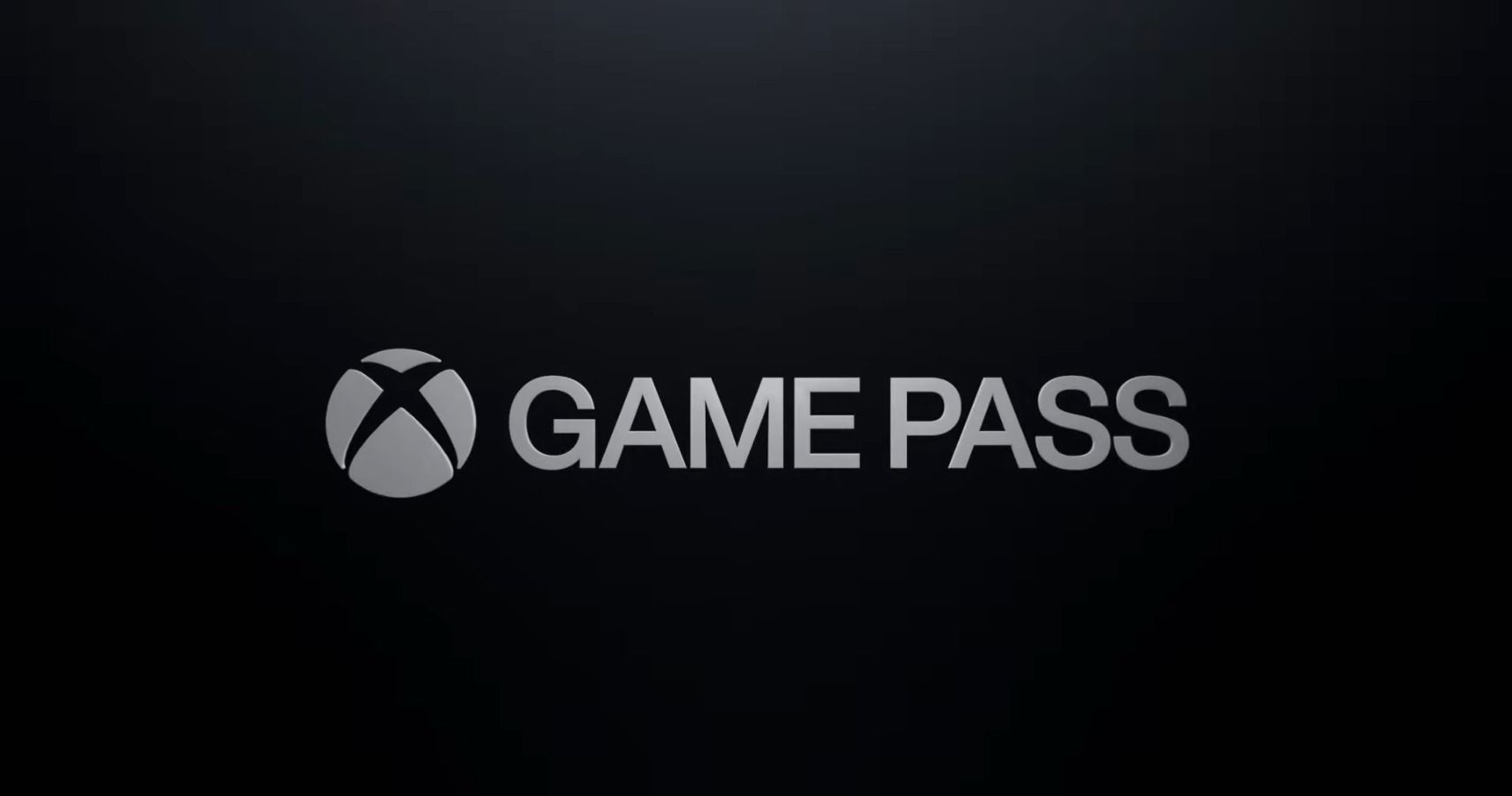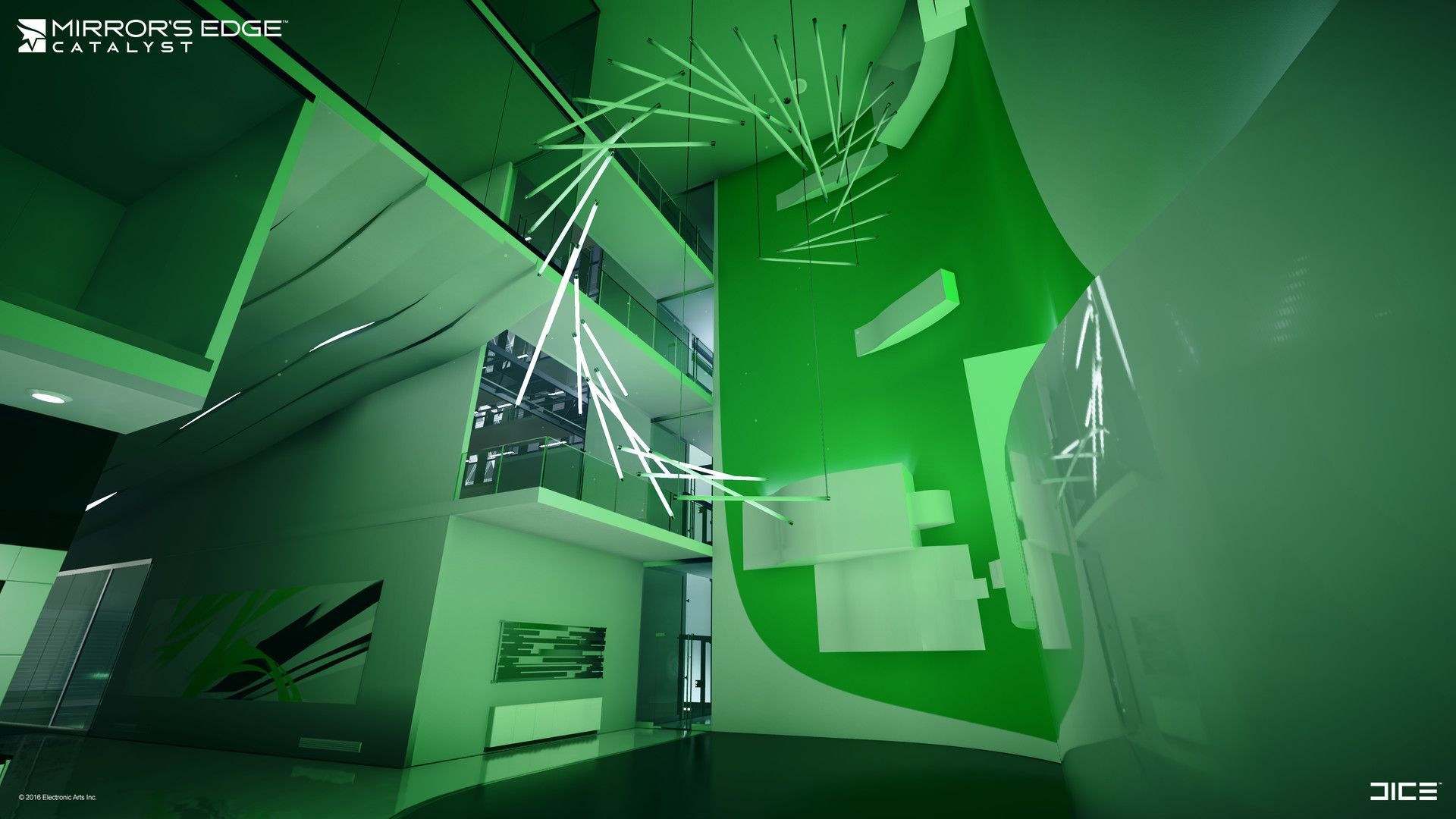Game Pass: it is good. We’re in that in-between period right now, a gaming limbo where there’s nothing too exciting coming out (at least until Hitman 3 grabs us from behind with a phone cord later this month), and I’ve found myself flitting between games. I don’t know if it’s this job, the pandemic, or if I have the attention span of a kid who’s just snorted a bag of Skittles, but I’ve been finding it hard to decide what to play recently. As a result, Game Pass has been a godsend.
Not only has Game Pass introduced me to games I probably wouldn’t have played otherwise, like the brilliant Deep Rock Galactic (rock and stone, brothers), but it’s given me room to go back and try things that perhaps didn’t click with me the first time around. The recent addition of the EA Access library prompted me to download Mirror’s Edge Catalyst, a game I bounced off like a parkour expert on concrete at release. I just couldn’t click with a linear game I loved being transplanted into a large open world, and there were plenty of other games vying for my attention at the time.
Catalyst launched in June 2016, right after The Witcher 3’s Blood & Wine expansion, which was also around the time Overwatch came out, as well as Uncharted 4. Poor Faith Connors didn’t have a chance. To make matters worse, some of the changes the developer made to the free-running sequel turned me off faster than a photo of Theresa May in fishnets, such as the addition of a suggested racing line to follow, telling you where to wall run, where to leap, and where to slide across its dystopian city. Now I’ve got a bit of time, I’ve gone back to the game, turned that off in the options, and I’m having a great time. It’s like a playable version of The Matrix’s best chase scenes when you actually engage with the world. It also looks like it could have come out last year, which helps; it’s gorgeous and bold, with its trademark clinical style and futuristic architecture.
I also don’t hate combat, which was another thing that I disliked originally. The first game was all about escaping conflict, but the sequel forces you to engage - especially early on. Once you get used to it, though, battles are mostly built around momentum. You can run up a wall, do a 180-degree turn, jump off, and kick a dude in the face. You can wall run and leap off, drop down onto guys from zipwires, and generally move through enemies without ruining your flow. And when you are forced to fight, combat is built around moving people - with a strong kick on the Y button, you can tip the stick left or right to boot them in specific directions, whether it be into an object, a friend, or off the top of a skyscraper.
Outside of that, I’ve been playing through Gears 5’s Hivebusters DLC, which is peak Gears. Not only is it one of the best looking games on Xbox Series X, but I really dig the new cast of characters. Its band of misfits who are forced to work together reminds me of Battlefield: Bad Company 2, and that’s a huge compliment from a guy who thinks that’s one of the best shooters ever made. The new location - a tropical island - makes for a refreshing change of scenery from the usual derelict streets, slimy nests, and dilapidated buildings. It’s also convinced me that services like Game Pass are the perfect vehicle for expansions like this.
Back before I played and wrote about games for a living, I used to buy physical games. That way, you can trade them in once you’re done and buy something new with the cash you save. The only downside to that is you miss out on all the DLC drops that come out in the years after release. Game Pass eliminates that problem and guarantees there’s an audience for developers who want to build their games out.
This is a long-winded way of saying that Game Pass is the real game of the year, every year, for the rest of time. Thanks.



